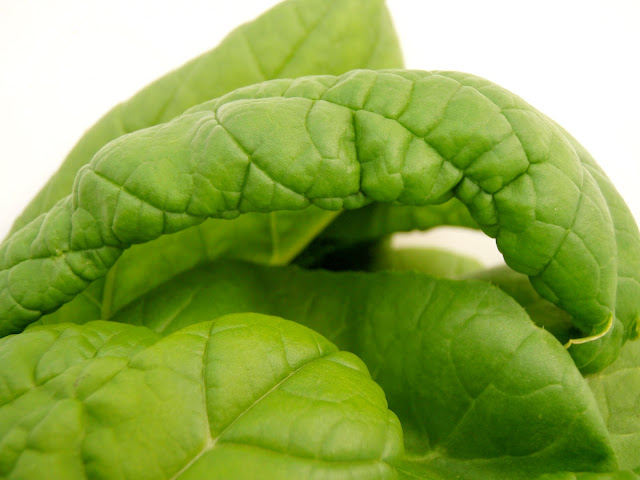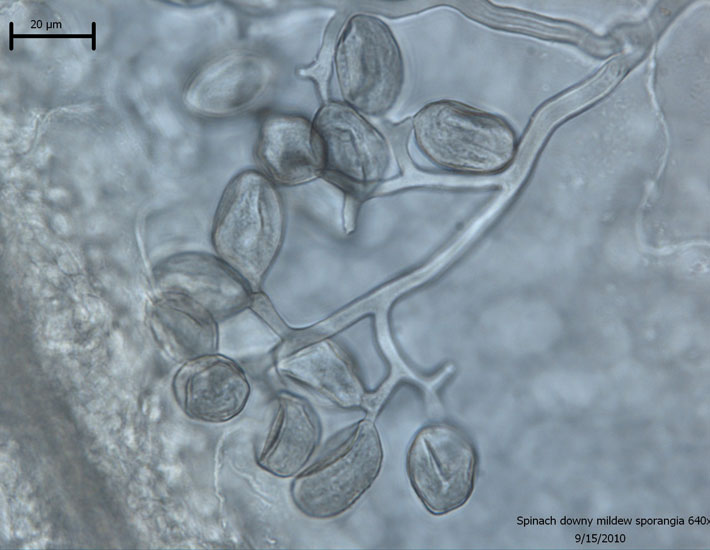Many weeks ago I took the baby vitamin green plants,
which I posted about here, and transplanted them out of their small cells and into a big tray of compost. I want to grow some greens and see what all the fuss was about. Recently, I commented on how
I preferred komatsuna as a baby green compared to vitamin green. That's still true, but I am getting on board the vitamin green boat too.
 |
| Vitamin green |
Why? Mainly because of the stems. Usually stems are considered Undesirable in salad. They stick out in unpleasant ways, making it hard to get bites into your mouth and then have they have the audacity to poke you. Vitamin greens stems are totally different. They are thick, crunchy and contain so much water that I would even call them juicy. I frequently graze while I'm working, and they are now my favorite snack.
 |
| Vitamin green |
The fun part is definitely the stem, but the leaves are great too. They are tender and in their old age seem to have lost the brassica, mustard-y flavor that I tasted in the baby leaves. I've read people call vitamin greens 'bitter' but haven't found that at all - yet. Perhaps if they are grown outside they could become bitter. I brought the bunch of greens above home with the thought of eating some raw and some stir fried, but I never made it past the salad. The leaves disappeared into my usual mix of lettuce, spinach and mizuna, and the stems added perfect crunchiness.
Have you used vitamin green before? Did you cook it? Was it bitter? Tender?




























